‘Say it with flowers’ we are told almost every anniversary, encouraged to invest in costly blooms with a short life expectancy to tell a loved one they’re important to us. This might seem emblematic of our consumer culture, but two current exhibitions in London show us that flowers have been bound up with displays of power and pageantry for centuries.
‘Dutch Flowers’ at the National Gallery (until 29 August) and ‘Maria Merian’s Butterflies’ at The Queen’s Gallery (until 9 October) both illuminate a moment in 17th-century Holland when flowers were part of an expanding world. A growing interest in scientific botany at the time, including the cultivation of exotic urban gardens, combined with booming international trade and an expanding imperial project. The ‘tulipomania’ of the 1630s is the most famous result of this combination, when tulip bulbs made and destroyed fortunes overnight.
Thus, a casual bouquet in a Dutch still-life did not simply show off the artist’s mastery at conjuring the subtle textures of a curling petal or velvet leaf. It also implied the wealth of a patron who could afford such blooms, which came from all corners of the globe. Combined in imaginary groups (in many cases, the plants depicted actually flowered at different times of year) and held in deceptively simple porcelain or glass vases, these flowers show us a Dutch empire acquiring its tastes from a rich and exotic world.
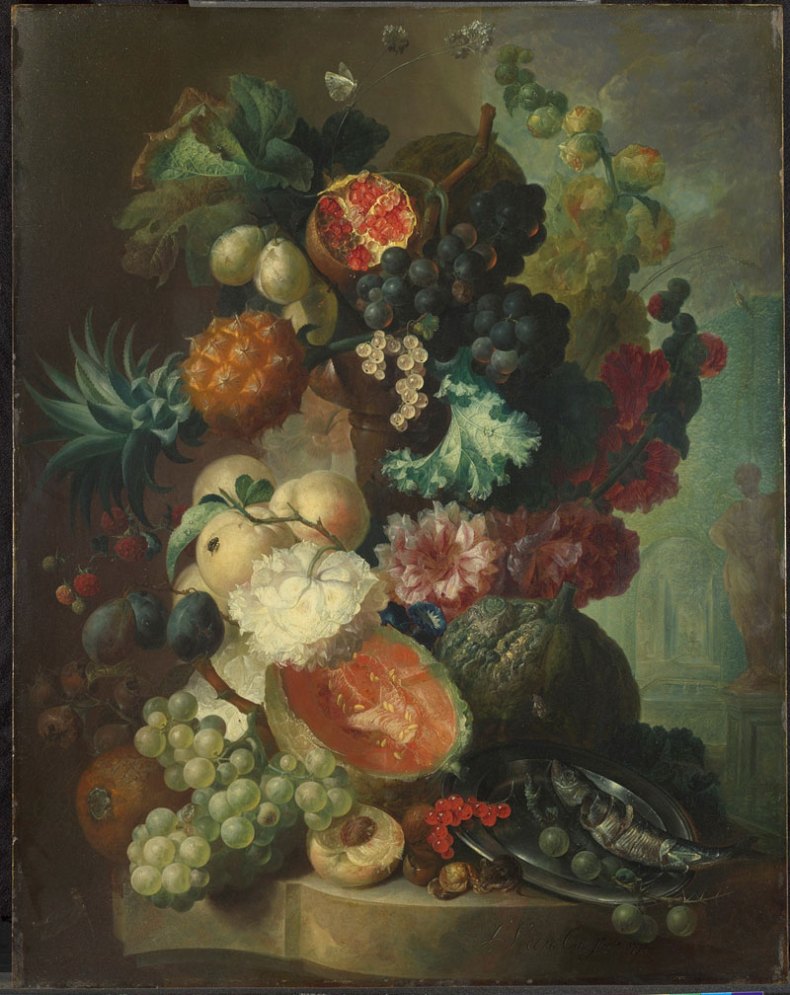
Fruit, Flowers and a Fish (1772), Jan van Os. © The National Gallery, London
The National Gallery’s exhibition brings together an extraordinary series of these painted bouquets from the 17th and 18th centuries, many of them on loan from private collections. The subtle progression from early to late works shows how the Dutch taste for flower paintings changed alongside the country’s view of the world. The later paintings, from the end of the 18th century, are big, blowsy images, overflowing with implausibly-balanced flowers and fruits, accompanied by dead game, or small nibbling mice, and arranged in terracotta or sculpted marble vessels against classical garden backgrounds. They are purely decorative.
But their forbears in the 17th century are windows onto a wondering world. These delicate images show artists delighting in new shapes and surfaces: a glass vase minutely reflects a clouded blue sky through a mullioned window; a fragile bird’s nest is portrayed so intricately that each individual moss can be identified; a tiny ladybird scurries across a shelf. These are reminders of the Protestant lens through which the Dutch saw their expanding world, its temporary wonders a constant reminder of the fragility of human life. As the inscription on Balthasar van der Ast’s delicate vase of narcissi reminds the viewer ‘What you see in these flowers, which appear so beautiful to you, will vanish … Beware. Only god’s word flourishes forever’.

Flowers in a White Stone Vase (1671), Dirck de Bray. © Photo courtesy of the owner
Yet, the really arresting figure in this story is ‘that curious person Madam Maria Sybilla Merian’, immortalised at the Queen’s Gallery. In 1699, aged 52, Merian decided that she could not capture the exotic natural world as she wanted to from the comfort of Amsterdam, so sold the contents of her studio and travelled with her daughter to the young Dutch colony of Suriname in South America. She ventured out into the forests to record and capture insects and plants, remaining until ill health forced her back to Amsterdam in 1701. There she spent four years developing the extraordinary illustrated plates for her publication Metamorphosis Insectorum Surinamensium. The Royal Collection has a full set of the luxury drawings acquired by George III for his scientific library, and previously owned by such scientific heavyweights as Dr Richard Mead and Sir John Hill.
Merian’s interest was in insects more than plants. Her rich illustrations sought to capture the lifecycle of a butterfly and the mysterious process of metamorphosis in a chrysalis, and to show this happening on the particular host plant on which this butterfly flourished. She was one of a group of natural philosophers who grappled with the puzzle of insect life in the 17th century, and used the latest microscopic technology to investigate.
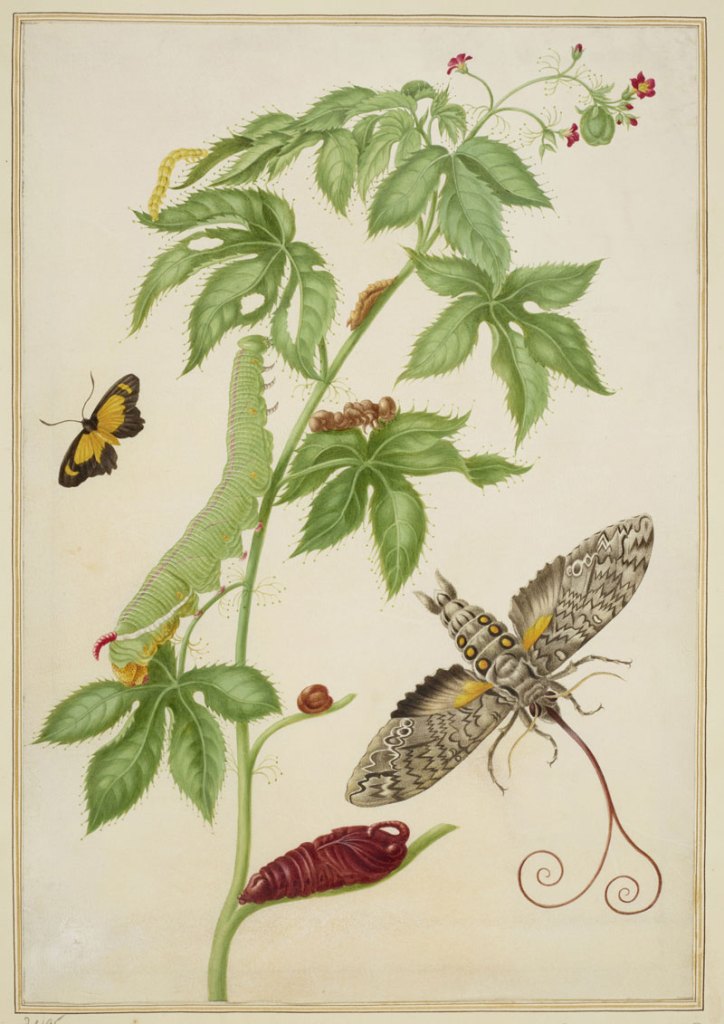
Cotton Leaf Shysicnut with Giant Sphinx Moth (1702), Maria Merian. Royal Collection Trust / © Her Majesty Queen Elizabeth II 2016
Merian’s Suriname watercolours, in particular, are brimming with life and detail. Her butterflies are poised ready to lift off the page, their wings iridescent with touches of silver and gold. Succulent caterpillars crawl lazily up horny stems, while velvet petals and leathery leaves emerge among curling tendrils and antennae. Merian was as interested in the cockroach as in the butterfly, and looked for the economic potential of fruits and insects, criticising her countrymen who were interested only in the easy success of sugar production. Her drawings show a woman both eminently of, and out of, her time.
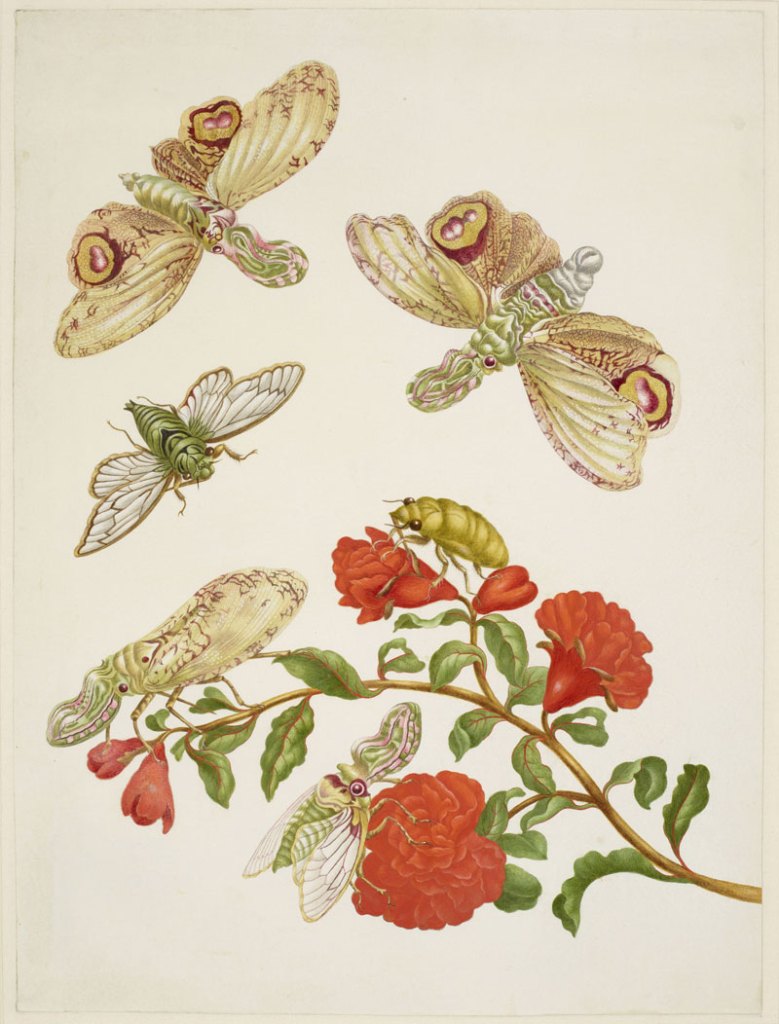
Branch of Pomegranate with Lantern Fly and Cicada (1701), Maria Merian. Royal Collection Trust / © Her Majesty Queen Elizabeth II 2016
These are the sorts of images that the average gallery visitor might walk past without much thought. What sway can a simple flower or caterpillar hold against a romantic intrigue or biblical drama? But these two quiet shows at the Queen’s Gallery and National Gallery should make you stop and pay attention. When listened to, these deceptively simple flowers can tell you much more about their era than their louder, blustering counterparts.
‘Dutch Flowers’ is at the National Gallery, London, until 29 August. ‘Maria Merian’s Butterflies’ is at The Queen’s Gallery, London, until 9 October.
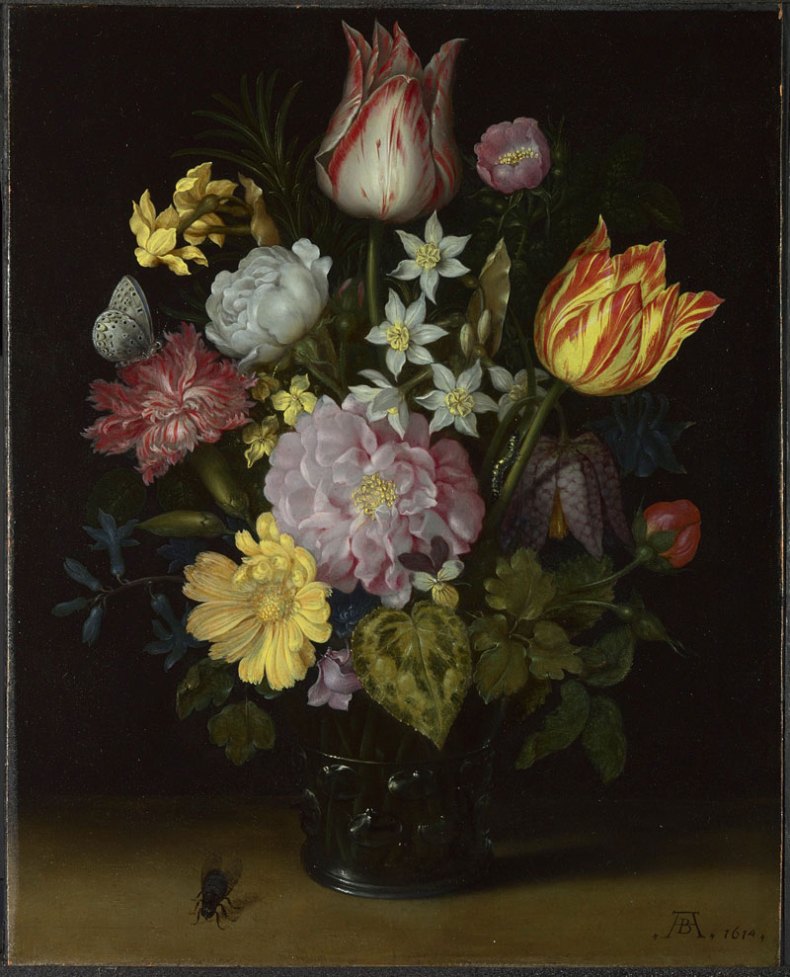
Flowers in a Glass Vase (1614), Ambrosius Bosschaert the Elder.




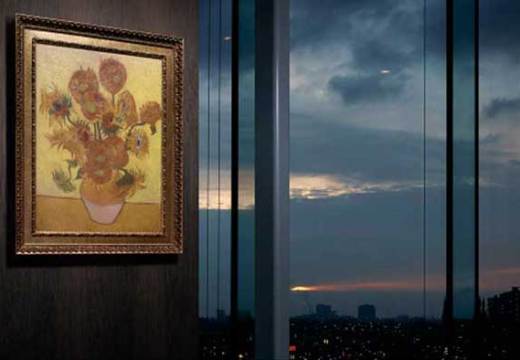









![Masterpiece [Re]discovery 2022. Photo: Ben Fisher Photography, courtesy of Masterpiece London](http://zephr.apollo-magazine.com/wp-content/uploads/2022/07/MPL2022_4263.jpg)
‘Like landscape, his objects seem to breathe’: Gordon Baldwin (1932–2025)